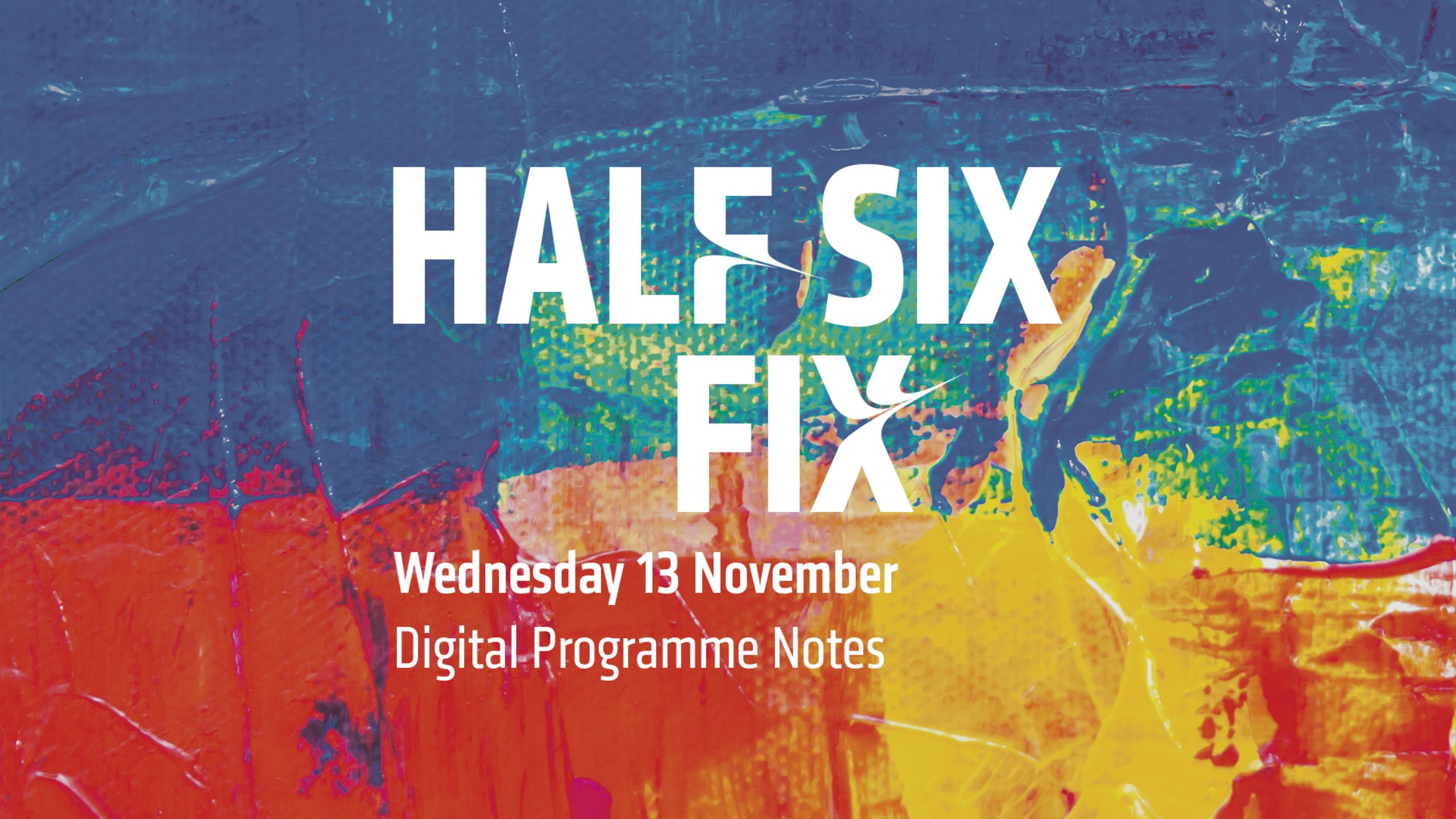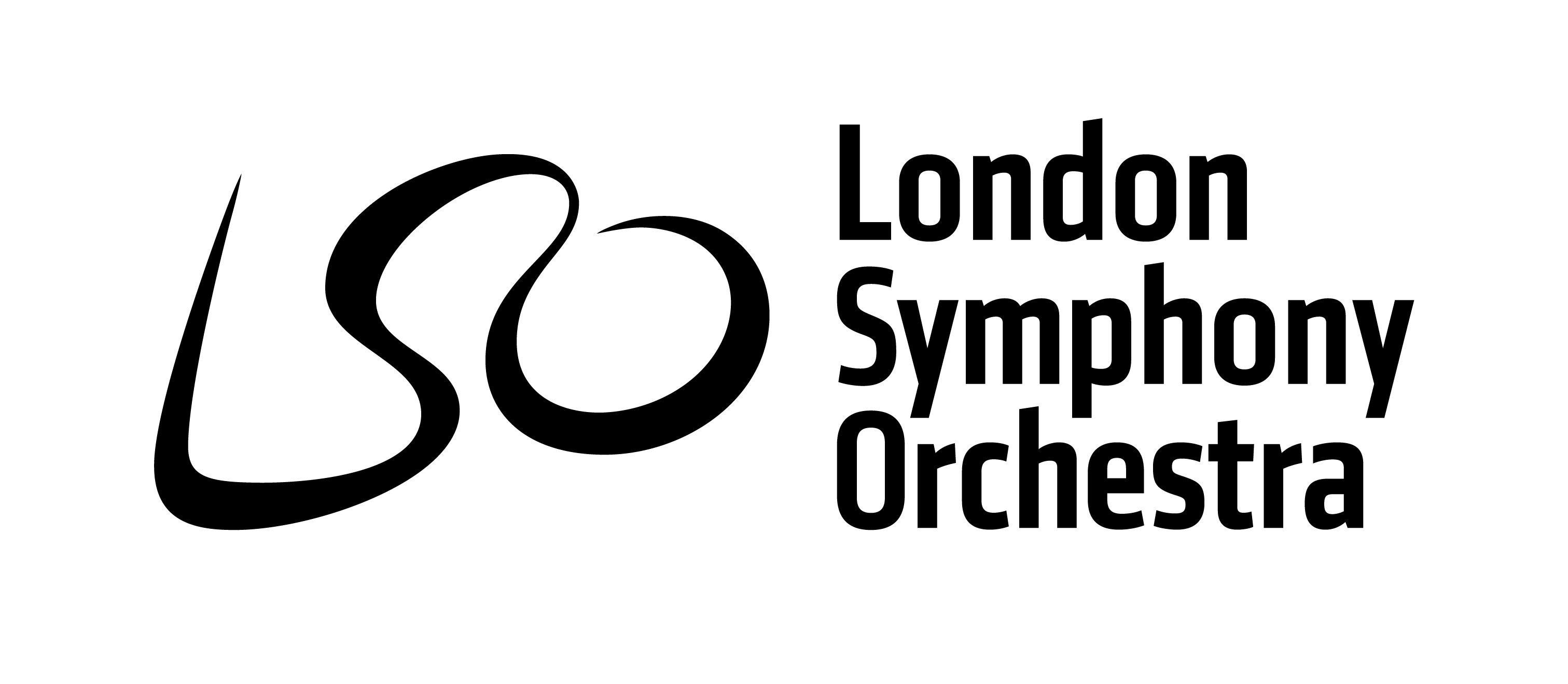
Welcome
Welcome to Half Six Fix, a different way to experience the London Symphony Orchestra. These concerts offer you a burst of music to kick off your evening. They're short and sweet, so the rest of the night is still yours.
You are invited to use your phone to scroll though these notes during the concert. You'll discover the story behind tonight's music as well as information about the Orchestra and tonight's conductor.

To avoid distracting other audience members, we ask that you don't use other apps during the music.
You can navigate these notes using the menu icon in the top right of the screen.
There is a free WiFi network available, simply connect to 'LSO Half Six Fix'. No password is required.

Tonight's programme
Wednesday 13 November
6.30 – c 7.30pm
Prokofiev Symphony No 5
Michael Tilson Thomas conductor & presenter
London Symphony Orchestra

'In my view, the composer, just as the poet, the sculptor or the painter, is in duty bound to serve man, the people. He must beautify human life and defend it.'
Sergei Prokofiev

A War Symphony
The premiere of Prokofiev’s Fifth Symphony – his first in 14 years, and his first since his return to Russia after 18 years in the West – was a highly anticipated event that drew luminaries to the Great Hall of the Moscow Conservatory on 19 January 1945. But even Prokofiev could not have foreseen the true historic significance of the event.
As he raised his baton to begin the performance, he was interrupted by the announcement on-stage that Russia’s Red Army, on the Eastern Front, had crossed the Vistula River and were about to enter triumphant into Nazi Germany.
Prokofiev had to wait for an artillery salute in the streets outside to die down before he could begin. According to the great pianist Sviatoslav Richter, who was in the audience ...
‘There was something deeply significant, deeply symbolic in this, as if this moment marked a dividing line in the lives of everyone present, including Prokofiev himself’.
Sviatoslav Richter

The Life of Prokofiev
An enfant terrible in his earlier years, Prokofiev entered the St Petersburg Conservatory aged 13, creating a stir with his early taste for rhythmic energy and grating dissonance. A rich period around the time of the Revolution brought the First Violin Concerto and his First Symphony (nicknamed ‘Classical’), harking back to the time of Haydn, before a spell in the USA (1918–22), where his opera Love for Three Oranges and the Third Piano Concerto were badly received.

He settled in Paris, the epicentre of the avant-garde, but moved his family back to the USSR in 1936. He may have felt eclipsed by Stravinsky in Europe and by Rachmaninov in the US. By contrast, back in Russia, Shostakovich had taken a public roasting by Soviet officials and Prokofiev perhaps saw himself becoming the country’s foremost composer. Certainly, he was also lured by the promise of opportunities and privileges at a hazardous time for artists.
Adopting a more direct, lyrical style in line with prevailing socialist-realist ideals, Prokofiev produced the ballet Romeo and Juliet and the children’s tale Peter and the Wolf (1936), the film music for Eisenstein’s Alexander Nevsky (1938) and Ivan the Terrible (1945), and the epic opera based on Tolstoy’s War and Peace (1943). Despite his compliant efforts, he was denounced by Communist officials in 1948 (‘the unfeeling essence of his music is alien to our reality’), though he had managed to placate them again by 1951, when he won the Stalin Prize. Prokofiev died on 5 March 1953, the same night as Stalin. There were no flowers at his funeral as they had all been bought to honour Stalin.

Symphony No 5
1 Andante (at walking pace)
The first movement opens with a wistfully lyrical theme, nostalgic and outdoorsy in flavour, on flute and bassoons. As with a later, also songlike, theme (first heard on flutes and oboes), this undergoes a number of challenges and diversions, some moving into gnarly territory. The wistful theme persists, transforms in mood – at one point it drags itself up from the bottom of the orchestra, to produce a scintillating climax. The blazing light at the end could not have been painted any more optimistically by any Hollywood movie and it’s hard not to hear this as the voice of the Russian people triumphing over Hitler’s dark forces.

Red Army soldiers march through the streets of Berlin in the summer of 1945
Red Army soldiers march through the streets of Berlin in the summer of 1945
In the Family Business
Prokofiev’s grandson, Gabriel Prokofiev (born 1975), is a London-based composer and music producer. Asked about his grandfather, he said:
‘He loved his audiences, the excitement created by his music, and the way it could bring people together. It was [after returning to Russia] that he found his true voice and his instinct for writing melodies and exciting music was at its height – so, in that respect, I would say his early years back in Russia were a golden period.’
Gabriel Prokofiev

2 Allegro marcato (very quickly, with emphasis)
Sardonic and sharp-witted, the second movement unfolds over a mechanical ‘ticking’ accompaniment. After a tart, ceremonial introduction from oboes and clarinets, the central section enters what could be the exotic world of the Sabre Dance from the ballet Gayane by Prokofiev’s friend Aram Khachaturian, the ‘ticking’ now transformed to a fast ‘oom-cha’. Helped by three yapping low trumpets the main theme winds itself up, works itself into a frenzy, and knocks itself out.

Armenian composer and conductor Aram Khachaturian in 1964
Armenian composer and conductor Aram Khachaturian in 1964
Estate of the Arts
Prokofiev composed his Fifth Symphony (along with his Eighth Piano Sonata) in the summer of 1944 at the composers’ retreat near Ivanovo, 150 miles north-east of Moscow. Composers would gather at the government-sponsored estate to work, eat together and compare notes. Prokofiev’s fellow composers in 1944 included Shostakovich, Khachaturian and Kabalevsky. He was reportedly better at chess than at volleyball.

3 Adagio (in slow time)
The third movement showcases a sweeping lyrical waltz of the kind earlier perfected by Tchaikovsky, though there are tense disruptions in the bass line, and the lilting three-time rhythm is complicated by overlaid two-time disruptions. The tone later becomes inescapably funereal but, after the waltz returns, a mysterious coda brings an ethereal resolution.
coda: (italian for 'tail') a passage that brings a piece or movement to an end. Typically codas sit apart from the main structure of a piece.
The Home Front
Though married at the time of writing his Fifth Symphony (1944), Prokofiev was joined at the composer’s retreat where he composed the work, not by his wife Lina, from whom he had separated in 1941, but by Mira Mendelson, his new companion, 24 years his junior. After Prokofiev’s eventual marriage to Mira in 1948, Lina (whose fraternising with foreigners raised official eyebrows) was accused of treason and was sent to a labour camp for eight years.

4 Allegro giocoso (quickly, playfully)
The finale begins with a drowsy memory of the theme from the first movement before a spirited clarinet reveals the movement’s true, exuberant colours. For the most part the music prattles along freely, but towards the end the wheels appear to fall off and the machine begins to tear apart as it hurtles onwards. The stop is final and unexpectedly abrupt.
Tonight's artists

Michael Tilson Thomas
Conductor
Michael Tilson Thomas is Music Director of the San Francisco Symphony, Co-founder and Artistic Director of the New World Symphony and Conductor Laureate of the London Symphony Orchestra.
He studied at the University of Southern California and at age 19 he was named Music Director of the Young Musicians Foundation Debut Orchestra. During this same period, he worked with Stravinsky, Boulez, Stockhausen and Copland on premieres of their compositions at Los Angeles’ Monday Evening Concerts. In 1969, after winning the Koussevitzky Prize at Tanglewood, he was appointed Assistant Conductor and pianist of the Boston Symphony Orchestra, later becoming Principal Guest Conductor. In 1988, he co-founded and became Artistic Director of the New World Symphony. That same year, he was appointed Principal Conductor of the London Symphony Orchestra before becoming Music Director of the San Francisco Symphony in 1995.

MTT & the LSO
Tonight's performance is the second in a three-part celebration of 50 years of history between Michael Tilson Thomas and the LSO. MTT (as he is affectionately known) first conducted the Orchestra when he was just 24 years old, stepping in for Gennady Rozhdestvensky with a programme of Beethoven and Stravinsky.
He served as Principal Conductor from 1988 until 1995, when he became Principal Guest Conductor, and was appointed to his current position as LSO Conductor Laureate in 2016.
This photograph was taken backstage at his debut with the Orchestra.


The LSO was established in 1904 and has a unique ethos. As a musical collective, it is built on artistic ownership and partnership. With an inimitable signature sound, the LSO’s mission is to bring the greatest music to the greatest number of people.
The LSO has been the only Resident Orchestra at the Barbican Centre in the City of London since it opened in 1982, giving 70 symphonic concerts there every year. The Orchestra works with a family of artists that includes some of the world’s greatest conductors – Sir Simon Rattle as Music Director, Principal Guest Conductors Gianandrea Noseda and François-Xavier Roth, and Michael Tilson Thomas as Conductor Laureate.


Through LSO Discovery, it is a pioneer of music education, offering musical experiences to 60,000 people every year at its music education centre LSO St Luke’s on Old Street, across East London and further afield.
The LSO strives to embrace new digital technologies in order to broaden its reach, and with the formation of its own record label LSO Live in 1999 it pioneered a revolution in recording live orchestral music. With a discography spanning many genres and including some of the most iconic recordings ever made the LSO is now the most recorded and listened to orchestra in the world, regularly reaching over 3,500,000 people worldwide each month on Spotify and beyond. The Orchestra continues to innovate through partnerships with market-leading tech companies, as well as initiatives such as LSO Play. The LSO is a highly successful creative enterprise, with 80% of all funding self-generated.

Thank you for reading
We hope you enjoyed tonight's Half Six Fix. You can let us know what you thought by filling out this survey.
For more from the Orchestra, follow us on Instagram, Twitter and Facebook.
And of course, you can book your next Half Six Fix at lso.co.uk/fix.
#LSOHalfSixFix


